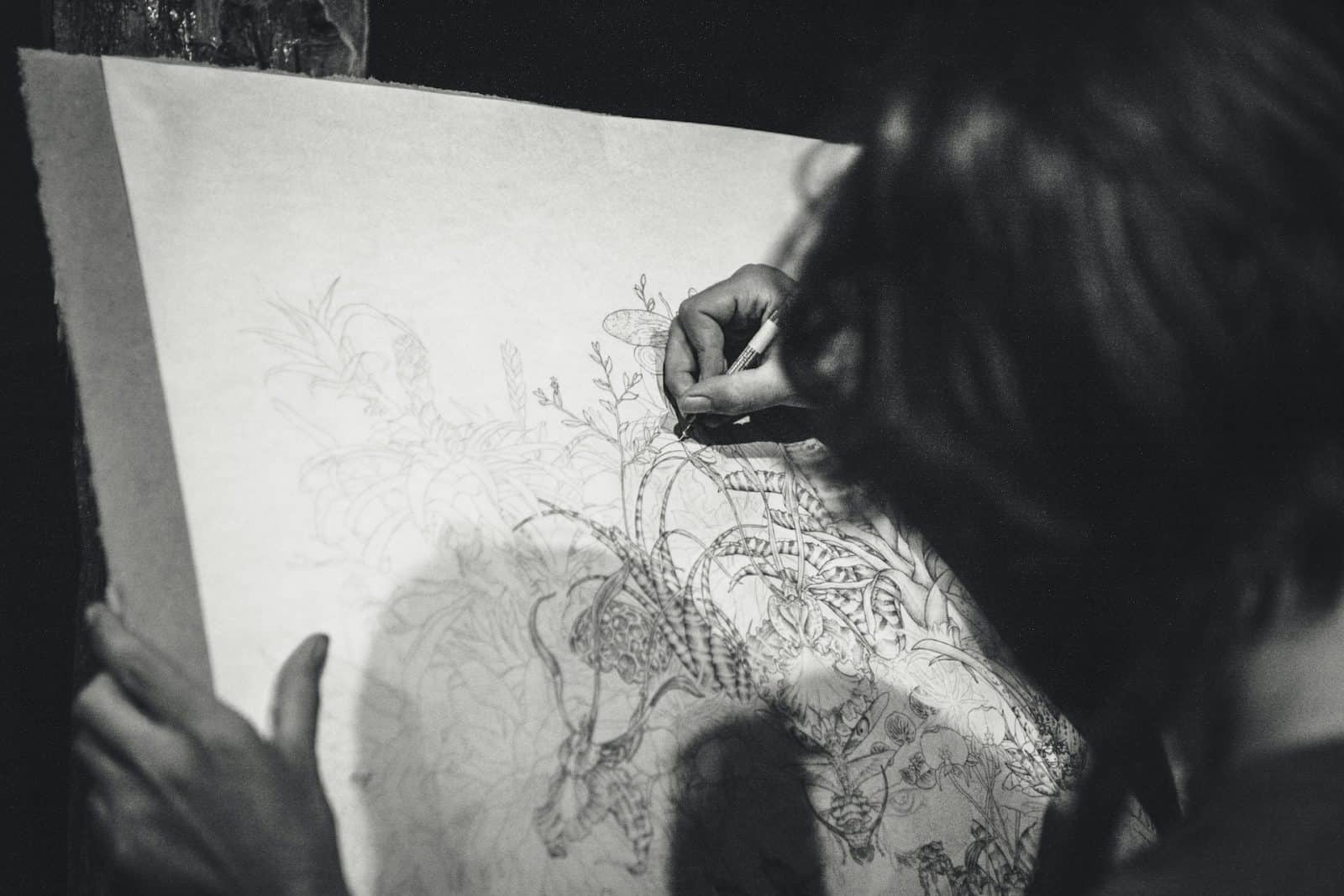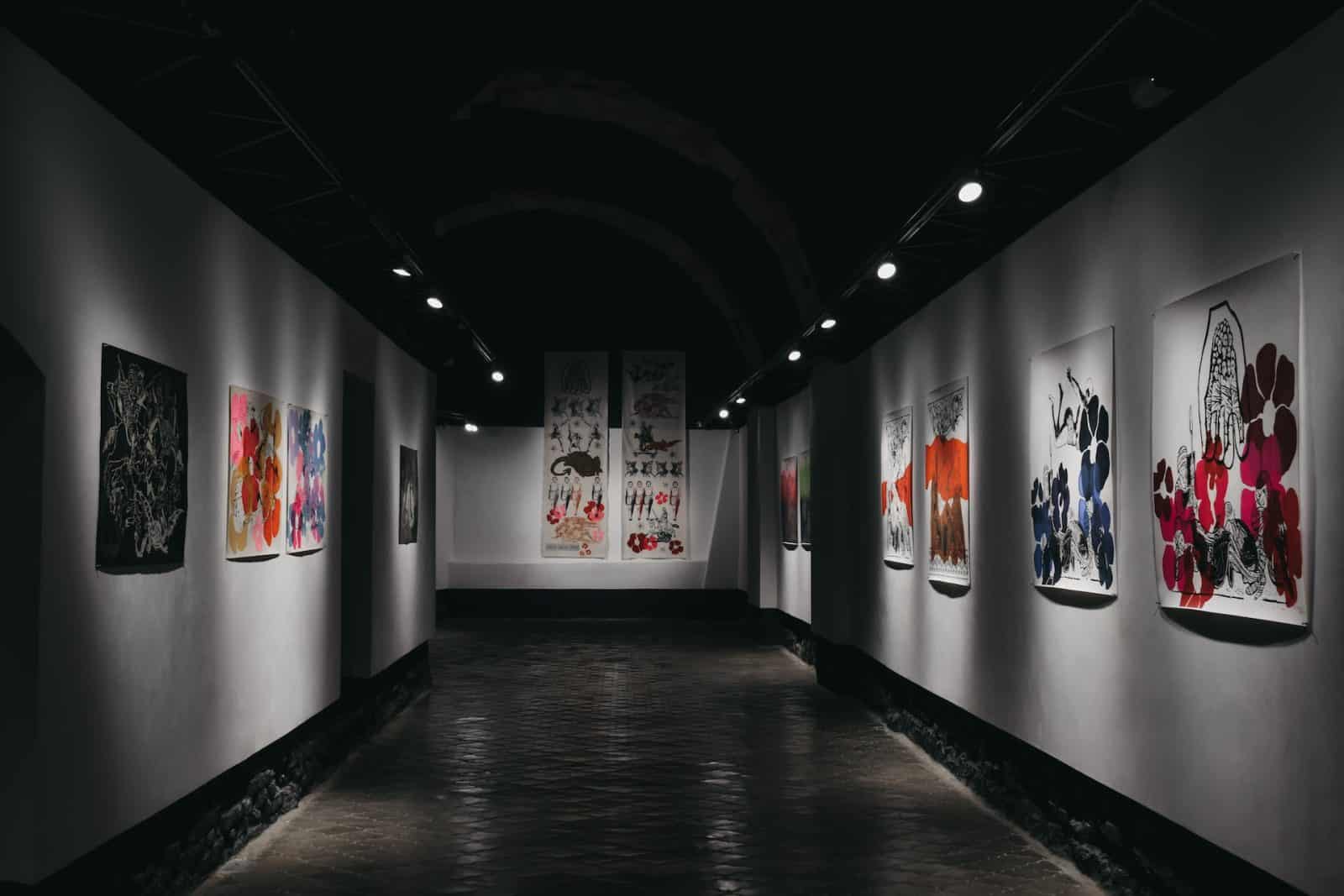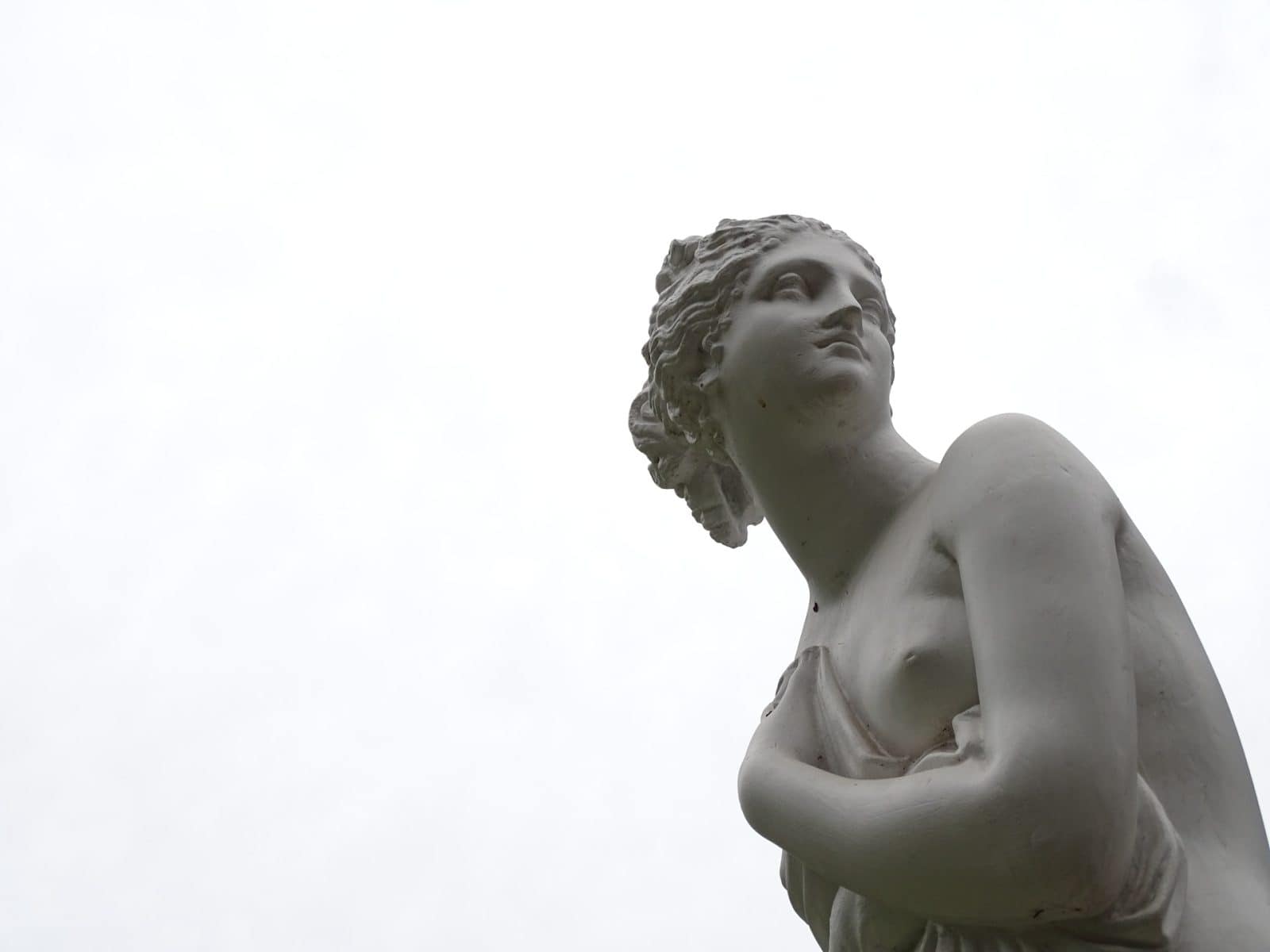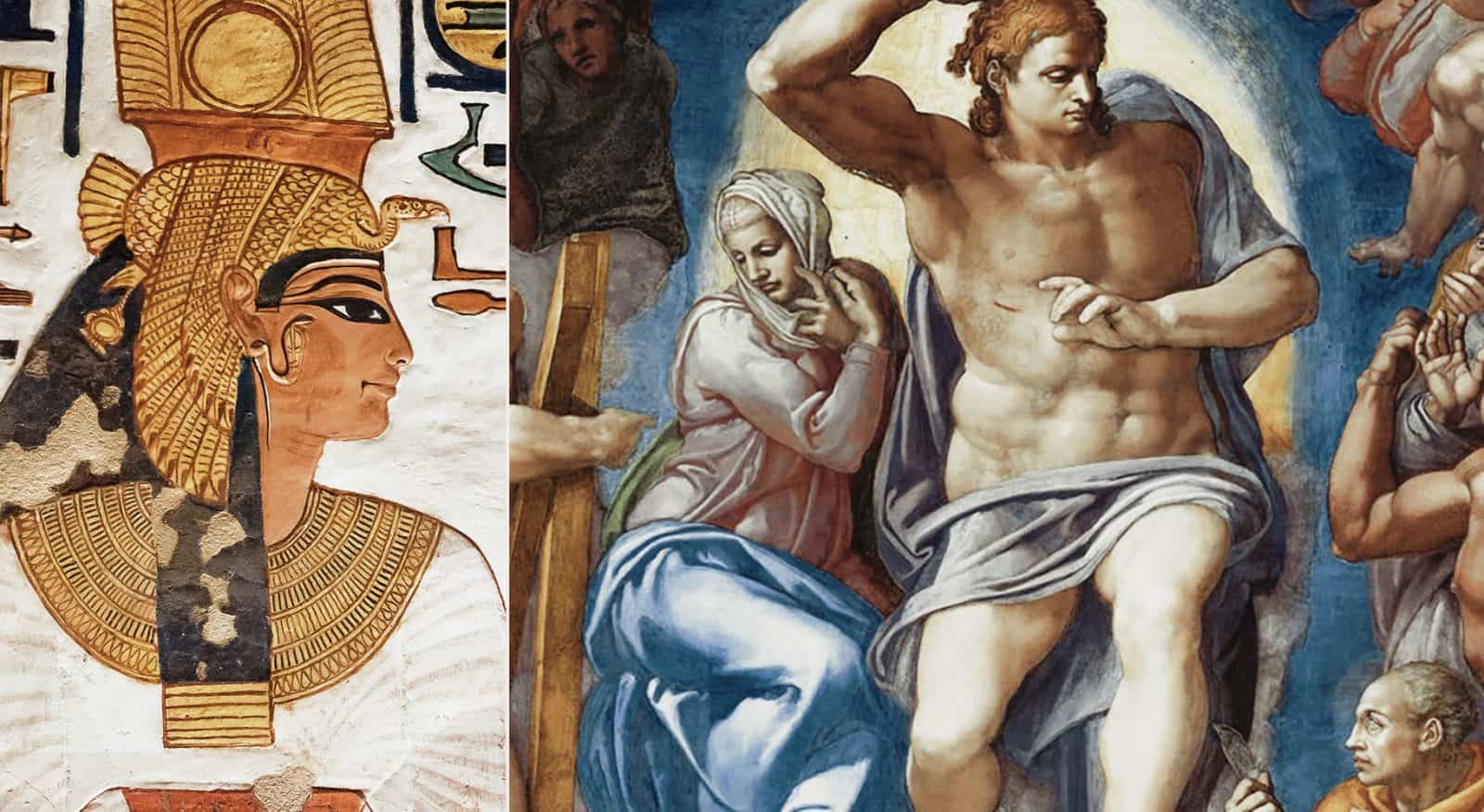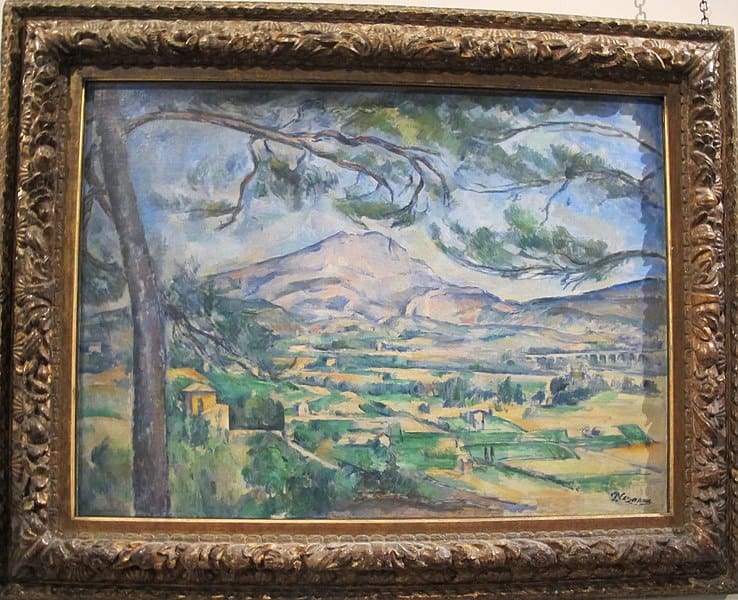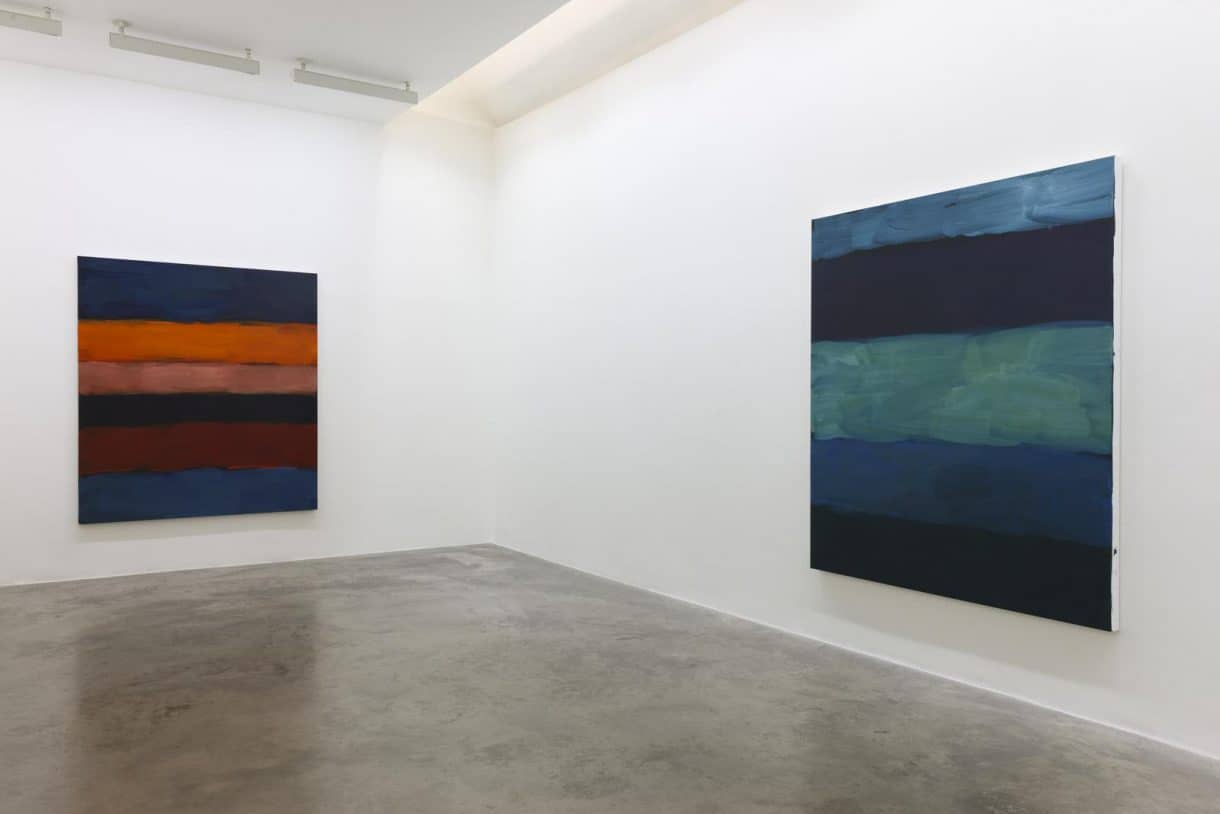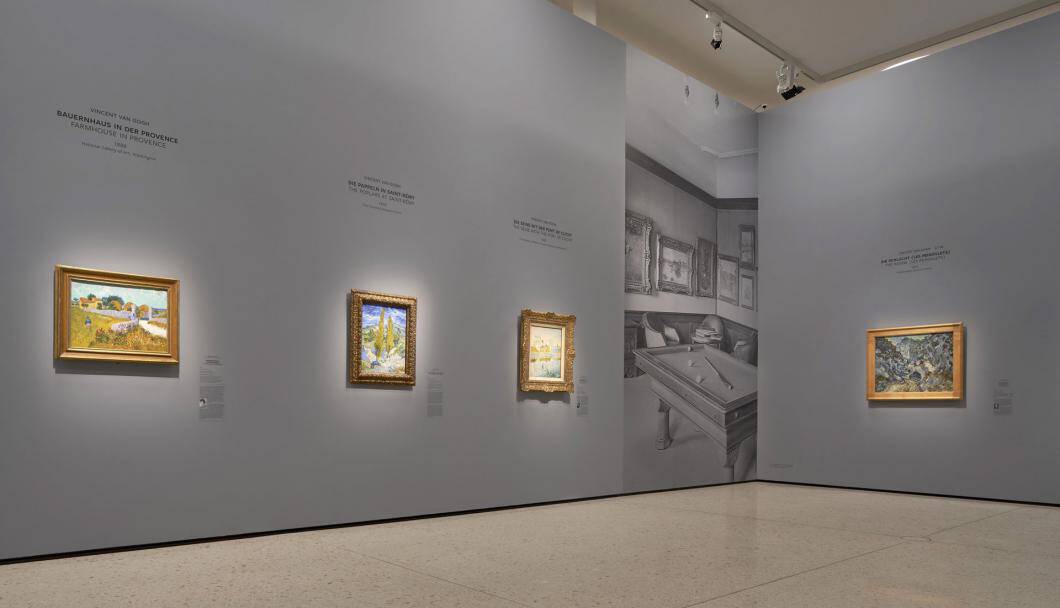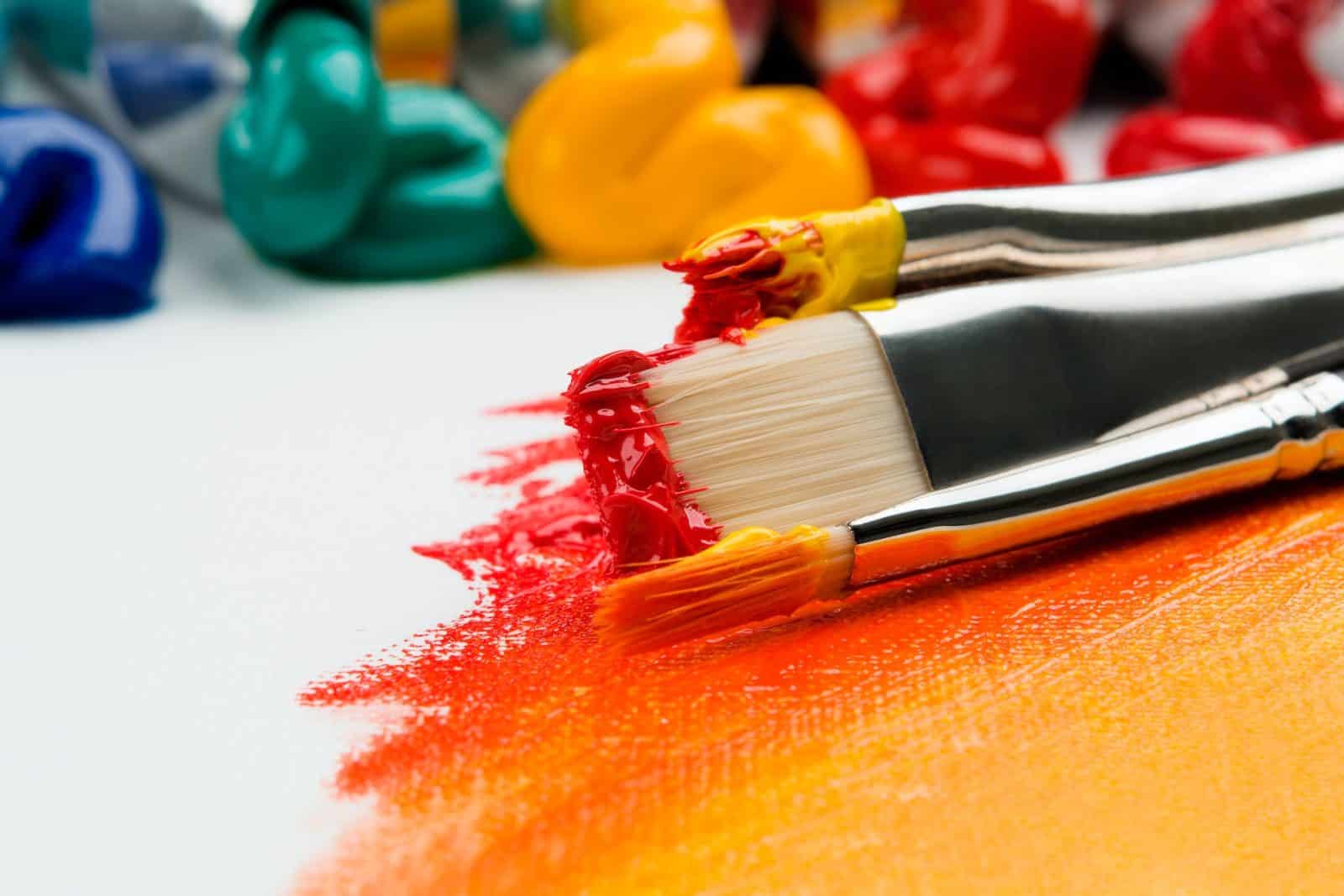
Synthetic paint brushes play a pivotal role in the artistic process, catering to the needs of artists, painters, and DIY enthusiasts. Crafted meticulously from synthetic materials, primarily nylon and polyester, these brushes offer exceptional durability and remarkable versatility when it comes to working with diverse types of paint. The following discourse delves into the realm of synthetic paint brushes, drawing intriguing parallels with their natural counterparts and accentuating their distinct characteristics.
Unraveling the Essence of Synthetic Paint Brushes
Synthetic paint brushes are intricately fashioned using non-natural components, often nylon or polyester, occasionally even combining the two. These materials have been ingeniously engineered to imitate the qualities of natural bristles like hog or sable while surpassing them in terms of longevity and the ability to maintain their shape even after prolonged usage.
Synthetic vs. Natural Paint Brushes: Crucial Contrasts
The ensuing table presents a concise overview of the key disparities between synthetic and natural paint brushes:
| Characteristics | Synthetic Brushes | Natural Brushes |
|---|---|---|
| Materials | Nylon, Polyester | Animal hair (Hog, Sable, etc.) |
| Durability | High | Moderate |
| Shape Retention | Excellent | Good |
| Suitability with Water-Based Paints | Excellent | Poor |
| Suitability with Oil-Based Paints | Good | Excellent |
| Cost | Typically cheaper | Usually more expensive |
Characteristics of Synthetic Paint Brushes
Material
Synthetic paint brushes predominantly utilize nylon and polyester as their primary materials. These materials possess distinct characteristics that contribute to the performance of the brushes:
- Nylon Bristles: Nylon bristles are renowned for their durability and resilience, making them an ideal choice for handling heavy-bodied paints. They can withstand pressure and provide excellent control during the painting process;
- Polyester Bristles: Polyester bristles excel in maintaining their shape over time. They exhibit high resistance to damage caused by solvents or harsh cleaning agents. These bristles are reliable and can endure rigorous painting sessions without compromising their integrity.
Durability
Synthetic brushes are highly esteemed for their exceptional longevity. They demonstrate remarkable resistance to wear and tear, even under continuous usage and rigorous cleaning. Notably, brushes made of polyester excel in preserving their shape over prolonged periods of use. They maintain their original form and structure with great precision, ensuring consistent and precise brushstrokes throughout the entire painting process.
Compatibility
When it comes to compatibility, synthetic brushes boast a wide range of applications. They exhibit outstanding performance when paired with water-based paints, such as acrylics and latex.
Here are some key aspects to consider regarding synthetic brushes and their compatibility:
- Ideal for Water-Based Paints: Synthetic brushes are particularly well-suited for water-based paints, enabling smooth and even application;
- Handling Water-Based Paints: Synthetic brushes are known for their ability to handle the unique properties of water-based paints, resulting in consistent outcomes;
- Suitable for Oil-Based Paints: While synthetic brushes can also be used with oil-based paints, it’s important to note that their performance in this specific context may not match that of natural brushes;
- Natural Brushes for Optimal Results: While synthetic brushes can still be effective with oil-based paints, it is worth mentioning that natural brushes are often preferred for achieving optimal results in this medium.
Synthetic brushes exhibit versatility and excel with water-based paints, while still offering a viable option for oil-based paints. However, for the best outcomes in oil-based painting, natural brushes are generally favored.
Compatibility
When considering compatibility, synthetic brushes exhibit a broad range of applications. They excel when used with water-based paints, including acrylics and latex.
Here are some essential points about the compatibility of synthetic brushes:
- Well-Suited for Water-Based Paints: Synthetic brushes are particularly suitable for water-based paints, enabling smooth and even application;
- Handling Water-Based Paints: Synthetic brushes have the capability to effectively handle the unique properties of water-based paints, ensuring consistent and reliable results;
- Usable with Oil-Based Paints: Synthetic brushes can also be used with oil-based paints, although their performance may not match that of natural brushes in this specific context;
- Natural Brushes for Optimal Results: It is important to note that while synthetic brushes can still be effective with oil-based paints, natural brushes are often preferred to achieve optimal outcomes in this medium.
Synthetic brushes demonstrate versatility and exceptional performance with water-based paints, while still providing a viable option for use with oil-based paints. However, it is worth considering that natural brushes are generally the preferred choice for obtaining optimal results in such situations.
Affordability
In general, synthetic brushes are known for their affordability compared to natural brushes. This cost-effectiveness, combined with their durability, contributes to their widespread popularity among beginners and professionals alike.
- Synthetic brushes are typically more budget-friendly than their natural counterparts;
- Their cost-effectiveness, coupled with their long-lasting nature, makes them a preferred choice for artists of all levels of experience.
When compared to natural brushes, synthetic brushes offer an attractive option due to their lower price point without compromising on durability. This makes them highly appealing to a diverse range of artists, irrespective of their skill levels.
Advantages and Disadvantages of Synthetic Paint Brushes
| Advantages | Disadvantages |
|---|---|
| Excellent shape retention even after prolonged use | May not perform as well with oil-based paints compared to natural brushes |
| High durability, capable of withstanding heavy use and rigorous cleaning | Can show signs of wear faster than natural brushes when used heavily with oil-based paints |
| Great compatibility with water-based paints | Lack the ‘natural feel’ that some artists prefer |
| Typically cheaper than natural brushes |
Cleaning and Maintenance
One of the notable advantages of synthetic paint brushes is their ease of cleaning and maintenance. Proper care ensures their longevity and optimal performance throughout numerous painting sessions. Here are some essential tips for cleaning and maintaining synthetic brushes:
- Rinse Immediately: After each painting session, it is crucial to thoroughly rinse your synthetic brushes. Use lukewarm water to remove any residual paint, preventing it from drying and clogging the bristles;
- Use Mild Soap or Brush Cleaner: For more thorough cleaning, you can utilize a mild soap or brush cleaner specifically designed for art brushes. Gently lather the bristles and work the soap or cleaner through them, making sure to reach the base of the bristles. Rinse with water until the water runs clear;
- Avoid Harsh Solvents: Unlike natural brushes, synthetic brushes are generally more resistant to solvents. However, it is still advisable to steer clear of harsh solvents when cleaning synthetic brushes, as they may cause the bristles to become brittle or lose their shape over time. Stick to mild soaps and brush cleaners for regular cleaning;
- Reshape the Brush: To maintain the desired shape of your synthetic brushes, reshape them while they are still damp after cleaning. Gently use your fingers to reshape the bristles back to their original form. Alternatively, you can utilize a brush guard or wrap the bristles in tissue paper to help them retain their shape as they dry;
- Proper Drying: Allow the cleaned synthetic brushes to air dry thoroughly before storing them. Lay them flat or hang them upside down with the bristles pointing downward to prevent water from accumulating near the ferrule, which can lead to damage or loosening of the bristles;
- Storage: Store your synthetic brushes in a clean and dry area. Avoid overcrowding them or placing heavy objects on top of them, as this can cause deformation of the bristles. If possible, store them upright in a brush holder or wrap them in a breathable fabric to protect them from dust and potential damage.
Conclusion
Synthetic paint brushes have emerged as an essential companion for artists and painters, presenting a wide array of benefits. Their remarkable longevity, capacity to maintain their form, and compatibility with water-based paints establish them as highly coveted tools. While they may not be the ultimate option for oil-based paints, they still exhibit more than satisfactory performance for most artistic endeavors. Moreover, their affordability distinguishes them, appealing to both novices and seasoned artists.
The decision to opt for synthetic or natural brushes ultimately hinges on personal preference and specific painting needs. However, it is undeniable that synthetic brushes have firmly established themselves in the realm of art supplies. With continuous advancements in manufacturing technologies, they are poised to deliver even better performance and cater to an even wider range of applications in the future.

